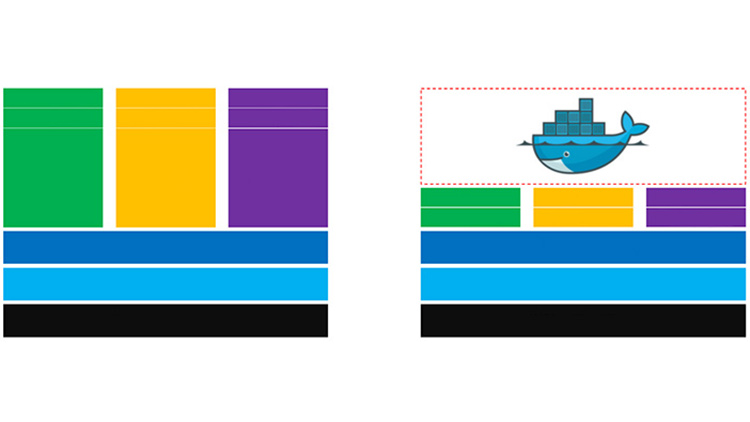

- #Where is the vm for docker on mac full
- #Where is the vm for docker on mac mac
- #Where is the vm for docker on mac windows
I personally default to delegated, as generally our bind-mounted volumes contain source code. However, certain workloads could require increased consistency. The file system delays between the host and the container aren’t perceived by humans. There may be delays until updates within the container appear on the host. There may be delays before writes on a host are available to the container.

Every time a write happens, the data is flushed to all participants of the mount’s view. The host and container are perfectly consistent. We can allow for some slight delays, and temporary discrepancies in exchange for greatly increased performance. Docker defaults to a consistent guarantee that the host and containers file system reflect each other.įor the majority of our use cases at Engage we don’t actually need a consistent reflection - perfect consistency between container and host is often unnecessary. One of the biggest performance optimisations you can make, is altering the guarantee that file system data is perfectly replicated to the host and container.
#Where is the vm for docker on mac mac
We’ve identified bind-mounts can be slow on Mac ( see above). However, unlike Docker on Linux, any file system changes need to be passed between the host and container via Docker for Mac, which can soon add a lot of additional computational overhead. HyperKit provides the kernel capabilities of Linux. This is a native MacOS application, which is bundled with an embedded hypervisor ( HyperKit). In contrast, there is a much bigger overhead on MacOS and other platforms in keeping the file system consistent - which leads to a performance degradation.ĭocker containers run on top of a Linux kernel meaning Docker on Linux can utilise the native kernel and the underlying virtual file system is shared between the host and container. On Linux, keeping a consistent guaranteed view between the host and container has very little overhead. Any writes in either the host or container are then reflected vice-versa. It gives the container a view of the host’s file system - In literal terms, pointing a particular directory in the container to a directory on your Mac. That's my minimal nsenter image.In Docker, we can bind-mount a volume on the host (your mac), to a Docker container. Personally I mostly use screen, but then I also use the above too. Nsenter installed), with pid=host (so you are in the process space of the mini VM running Docker4Mac),Īnd then nsenter says “whatever is pid 1, use that as context, and enter all the namespaces of that, and run a shell there" Or even easier, from Justin Cormack (Docker Maintainer) It’s running a container (using the debian image.nothing special about it other than it apparently has Reconnect to that session (don't open a new one, that won't work and 2nd tty will give you garbled screen)Ĭtrl-a k Option 2 (easier): Use nsenter in priviledged containerĭocker run -it -privileged -pid=host debian nsenter -t 1 -m -u -n -i sh List that session that's still running in background Screen ~/Library/Containers//Data/vms/0/ttyĭisconnect that session but leave it open in background Using the ctrl- options prevents garbled text on reconnect. Then other commands are for managing that connection. The first one gets you in the VM (hit return twice Note this isn't a list of commands to run in order. Option 1: use Screen (not as easy as nsenter)
#Where is the vm for docker on mac windows
This also works for Docker for Windows for getting in Moby Linux VM (doesn't work for Windows Containers).ĭocker run -it -rm -privileged -pid=host justincormack/nsenter1

#Where is the vm for docker on mac full
Just run this from your Mac terminal and it'll drop you in a container with full permissions on the Moby VM. 2018 Update: Easiest option is Justin's repo and image


 0 kommentar(er)
0 kommentar(er)
